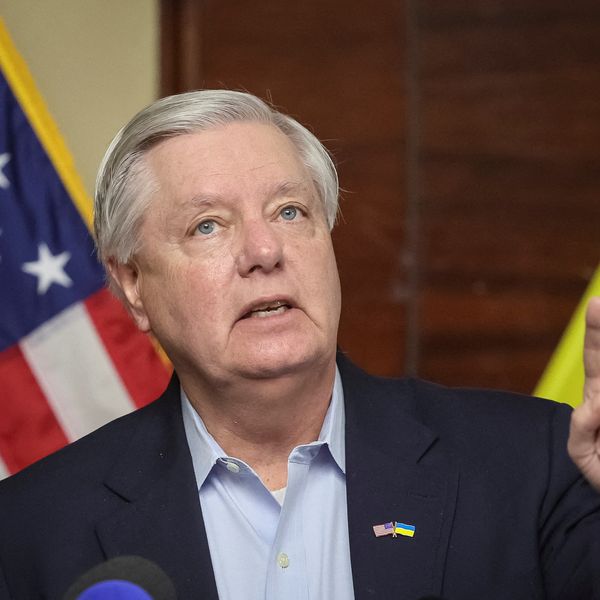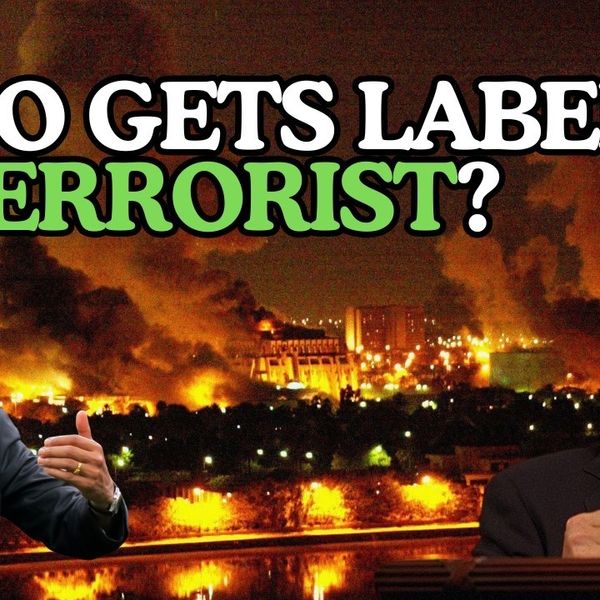The decision by the military-led Alliance of Sahel States to impose a 0.5% import duty on goods from the nations of the Economic Community of West African States (ECOWAS) has added a new twist in the rift plaguing the West African bloc.
The tariff, which exempts only humanitarian aid, threatens to upend free trade and provoke retaliation, effectively creating a trade war within the region at a time when Africa’s exports to the crucial U.S. market face new challenges.
The Alliance of Sahel States (AES) comprises Mali, Burkina Faso and Niger — Sahelian countries racked by a wave of coups that overthrew pro-Western regimes between 2020 and 2023. Launched as a security pact formed in 2023 in response to ECOWAS’ threat to take military action to restore the democratic order in Niger, the AES has grown into a rival bloc with its own regional aspirations.
The AES countries have also switched international alliances by ending ties with their former colonial power, France, and expelling troops of other Western nations, including the United States, while befriending Russia from which it has received military support.
The AES trio is at the epicenter of jihadist violence that has rocked the entire Sahelian region. Last year, Washington closed a $100 million drone base and withdrew some 1,000 troops at Agadez in compliance with a demand by the junta in Niger. Strained relations with ECOWAS nations like Nigeria have also stalled joint military operations like the Multinational Joint Task Force that has mounted important counter-terrorism operations in the Lake Chad Basin.
Just last week, Niger dumped French and announced Hausa as its new official national language, following a pattern already set by neighboring Burkina Faso. The three countries have also pulled out of the Organisation Internationale de la Francophonie, but, curiously, retained their membership in the West African Economic and Monetary Union (UEMOA/WAEMU), which means they remain tied, through the common CFA franc currency, to France’s sphere of influence.
The new tariff is the AES’ most audacious economic measure yet. It has the potential to escalate the price of food and other essential commodities while disrupting trade flows across the region.
“I could imagine a slowdown in demand by AES consumers for certain ECOWAS goods,” Danielle Resnick, a Senior Research Fellow at International Food Policy Research Institute (IFPRI), told RS. But the impact could be much worse for the alliance member states, which are already among the world’s poorest nations, she noted. “Adding this tariff will increase the price of imports, including food, for their consumers.”.
The three AES countries are all classified as a major global hunger hotspot with a significant portion of their populations experiencing food insecurity and acute hunger in early 2025. Both Burkina Faso and Niger rely on their ECOWAS neighbors – Ghana, Cote D’Ivoire and Nigeria – to meet their food and electricity needs.
Compared to ECOWAS’s total GDP of $2.091 trillion, the AES can boast a combined GDP of only $62 billion.
At the same time, the three AES countries are landlocked; hence their heavy reliance on imports via ports controlled by their ECOWAS neighbors. In 2022, for example, 92% of the cargo unloaded at the port of Lomé, Togo, was destined for Niger, Mali, and Burkina Faso. This makes them especially vulnerable to any counter-measures the ECOWAS nations may choose to take in retaliation for the AES’s new levy.
In 2023, when ECOWAS countries closed their borders and cut vital supply to Niger, the country was nearly brought to its knees.
Nevertheless, the AES tariff on its own is not so large as to disproportionately divert trade. ECOWAS countries can easily navigate the headwinds it might bring by diversifying its export markets. “Another scenario is that ECOWAS retaliates with its own import duties,” Resnick noted.
Given the truculent character of key actors on both sides of the divide, as well as the geopolitical dynamics behind the rift, this scenario – amounting in effect to a trade war – cannot be ruled out.
But this will only make a bad situation worse. A regional trade war is the worst possible scenario at a time when Africa is bracing for the consequences of U.S. President Donald Trump’s tariff plans and their implications for world trade. Trump has levied a 10% baseline tariff on all U.S. trading partners and an additional 14% tariff on countries that charge higher tariff rates on American goods, although the latter has now been suspended for 90 days.
The new tariffs affect African countries like Nigeria, South Africa and Kenya, whose exports to the U.S. have enjoyed preferential treatment under the U.S. flagship trade program, the African Growth and Opportunities Act (AGOA).
Since 2000, AGOA has helped eligible sub-Saharan African countries export about 6,400 products duty-free to the U.S., leading to the growth of local manufacturing while creating between 300,000 direct and 1.3 million indirect jobs in its first decade. The new U.S. tariffs means the future of this important cornerstone of U.S.-Africa relations now hangs in the balance.
As of this moment, it is unclear whether AGOA will be renewed when it expires at the end of September.
If so, Africa’s exports to the U.S. will lose their competitive edge and decline in the longer run. The effects would be uneven, but the most devastating impacts would be felt in Lesotho, Mauritius and Madagascar, all of which host significant apparel industries that are highly reliant on the U.S. market. Overall, the U.S. is Africa’s third largest trading partner, after China and the EU. In 2022 alone, the value of ECOWAS exports to the U.S. came to $9.4 billion, up 38.8% from the previous year.
With its large population and a combined GDP of $2 trillion, sub-Saharan Africa possesses the wherewithal to absorb some of the worst impacts of the growing global trade crisis. To do so, however, it must better develop its internal market, a difficult prospect given the history of sometimes acrimonious relations among African countries that have hindered the realization of the goals of the African Continental Free Trade Area (AfCFTA).
As a result, African countries trade more outside the continent than within it. For example, intra-African trade in 2023 stood at $192.2 billion, just 14.9% of total African trade, and the global share of intra-African exports and imports actually declined from 14.5% in 2021 to 13.7% in 2022. Within the region, intra-ECOWAS trade stood at less than 12% in 2023 of total trade by member countries.
The unfolding crisis in global trade calls for Africa to strengthen itself by leveraging the immense potential that exists for creating a single continental market encompassing 54 countries with a combined nominal GDP of $3.4 trillion.
To reach that potential and remove all barriers to continental free trade, AfCFTA’s ambition will require far more cooperation and commitment than has been evident to date. A trade war between AES and ECOWAS goes in the opposite direction.
- Another West African coup? After Burkina Faso, time to rethink military aid ›
- Wagner, Mali, and prospects for peace in Africa ›















